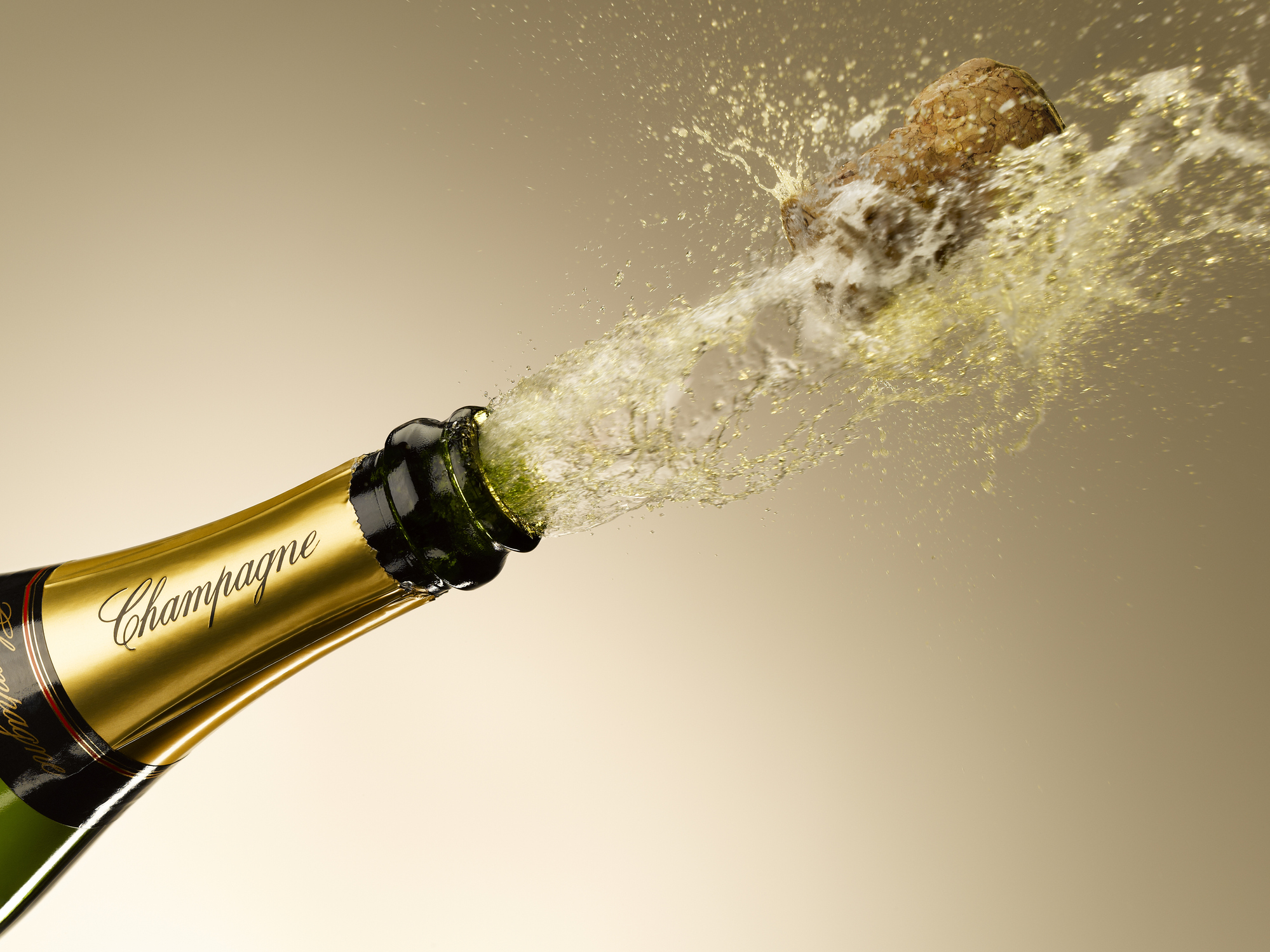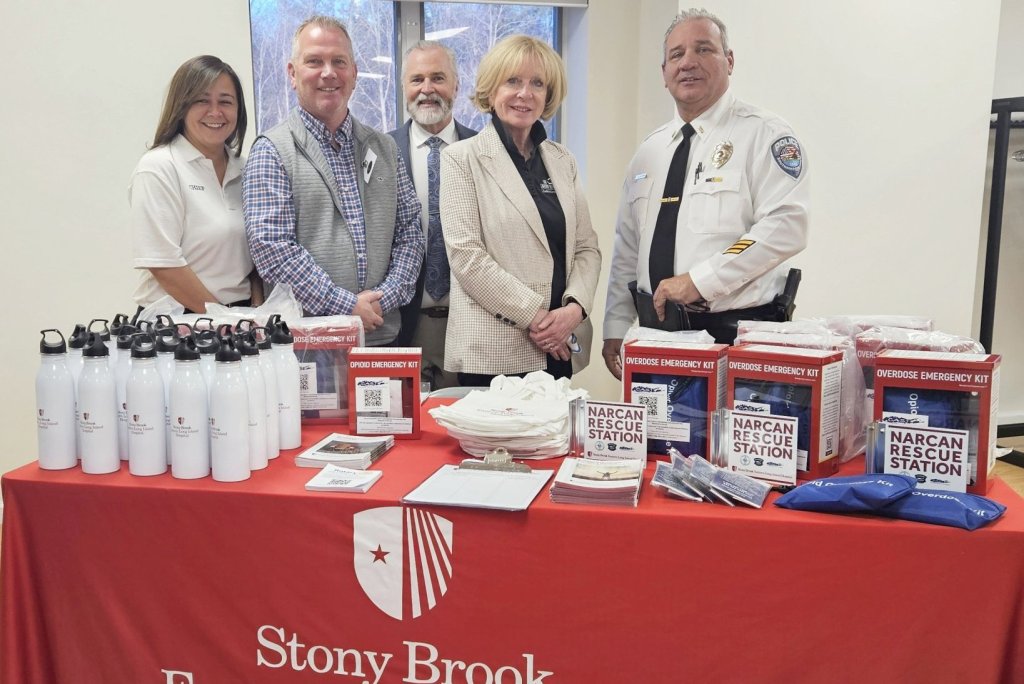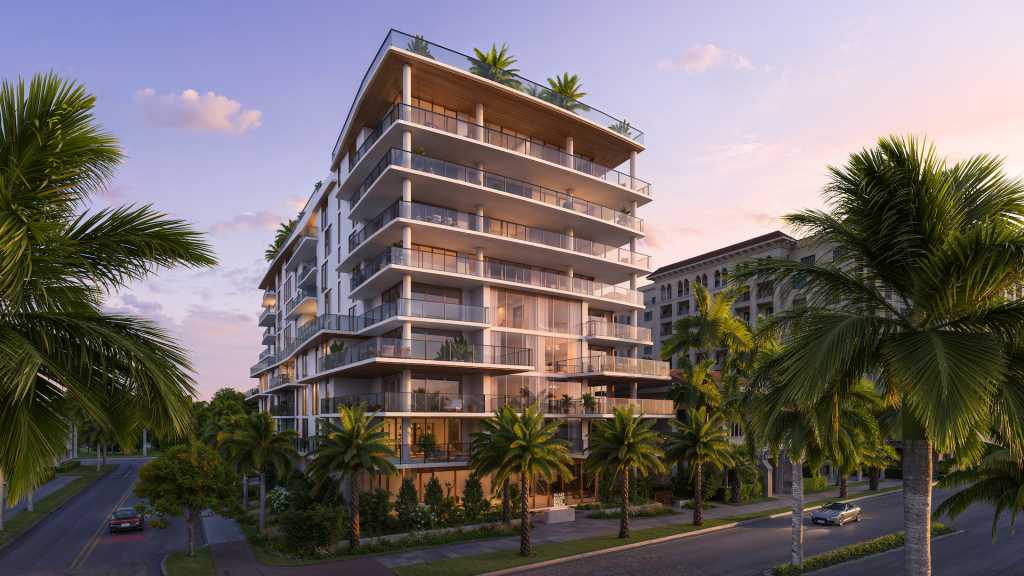The Long Pour: Celebrate with Champagne

As we see bits and pieces of normalcy pop up, we can only hope that as beach season returns this Memorial Day weekend, we will be comforted by the ensuing revelry.
For those celebrating the return of summer, my guess is many will do it with Champagne. Champagne, after all, is synonymous with celebration. It has spawned more famous quotes than any other wine region (from Churchill to Chanel to Coward). This bubbly wine is made primarily from Chardonnay and Pinot Noir and is named after the region in northeast France where it is grown and bottled. The name “Champagne” is so valuable it is a protected term by law. The French wine lobby has ensured that only sparkling wine produced in the Champagne region can be legally called Champagne.
Protection of the Champagne brand even extends to the process that creates its trademark bubbles: It’s called the méthode champenoise and only Champagne-makers in Champagne can (legally) claim its use (although many winemakers use this method).
While effervescent soda, water and colas are commonplace today, a carbonated beverage in the 1800s was truly a marvel. The origins of Champagne are murky. Many credit the Benedictine monk Dom Perignon with inventing Champagne. The credit, however probably belongs to a fellow monk, Dom Groussard, who may be more accurately known as Dom Perignon’s publicist.
In fact, in Dom Perignon’s time, wine with bubbles was kind of dangerous. It did occur naturally from time to time and was called “devil’s wine” or “pop-top wine” (vin du diable or saute-bouchon). The bubbles would develop when wine was bottled before the fermentation had finished. Pressure would build inside the bottle and sometimes cause either the cork to pop or worse, the bottle to explode. (Imagine a chain reaction of breaking bottles, spraying shards of glass at unsuspecting monks, as if celibacy wasn’t hard enough.) So, it is more likely that Dom Perignon never tried to create sparkling wine. In fact, he probably tried to avoid it.
According to our research, because of the high pressure within a Champagne bottle, you are more likely to die from a Champagne-related incident than from a poisonous spider bite. (Apparently nearly a third of Champagne deaths occur at weddings, as if weddings weren’t stressful enough.) We were unable to find any actual proof of Champagne-ridden carnage, but we read it online so it must be true. Spiders aside, that flying cork can and will hurt you. If you notice, servers and sommeliers are usually quite careful to open Champagne with the cork pointed away from them and hopefully not towards a customer.
But monks, coup glasses modeled after a queen’s breast (also probably false) and death by arachnid make for a good story. As they say in public relations, say whatever you want, just spell my name right. With Champagne’s humble, monastic beginnings, Champagne could be prestige and still a drink for everyone.
In 1921, Moët and Chandon created a brand of Champagne called Dom Perignon and thereby cemented the monk’s place in history.
This was at the time that sparkling wine from Champagne was fast becoming popular in England. Like all wine producers at the time, Dom Perignon had seen the bubbles as a wine fault and then spent 15 years of his life trying unsuccessfully to cure “the problem.” By the time he reluctantly gave up the challenge, his grapes and his wines (still, not sparkling) were far superior to others. When he bowed to the inevitable and produced a sparkling wine, he was able to do so with the finest blend of wines. If anyone “invented” sparkling Champagne, it was therefore the English, not Dom Perignon, or the French, but the French were responsible for raising standards and consistency.
By 1730, Champagne had conquered the courts of Europe. Champagne was royalty, excess and debauchery. It was “the Viagra of the day.” Catherine the Great of Russia used Champagne to fortify her officers. The association of Champagne with privilege and excess inevitably caused popular resentment and was a factor in the French Revolution. (The church and monasteries in Champagne became major power sources strengthened by increased landholdings, tithe taxes and profitable sales of wine.)
Today, we can be content that Champagne is mostly the mark of celebration. We would encourage you to explore other quality wines that can convey the same sense of magic. In fact, many of our neighbors on Long Island make wonderful sparkling wines. We just had the privilege of tasting Wölffer Estate’s sparkling rosé and Sparkling Pointe is a personal favorite. So whether it is Champagne, prosecco or cava, here’s to celebrating the hopeful return of normalcy. Not a moment too soon.
James Mallios and Kylie Monagan are partners at the Calissa Restaurant. Visit Calissa at 1020 Montauk Highway, Water Mill and learn more calissahamptons.com.



